Within months of his election five years ago, President Shavkat Mirziyoyev had liberalized exchange controls, begun easing international visa requirements and announced a series of tax changes designed to appeal to investors, writing the Euronews.
When the COVID-19 pandemic landed in Uzbekistan early in 2020, the government’s political and commercial elites were poised for a “coming out” year of investment conferences, road shows and visits by banking and investment analysts. The annual Oil and Gas Uzbekistan conference and exhibition, a major event in Tashkent’s business calendar, was scheduled to proceed in mid-May 2020. Its last-minute cancellation was taken as a signal that little that had been planned for Uzbekistan’s international outreach was going to occur as planned.
Emergency measures were put in place to halt the virus’s spread. Space for over 30,000 extra hospital beds was organized, including an entirely new specialist hospital built in record time just outside Tashkent.
Unemployment rose, but only slightly, to 6% - a tribute to a series of emergency loans and other assistance to employers, and the beginnings of other reforms in energy, technology and agriculture. The pandemic brought many problems, but even in these difficult conditions, the country's GDP rose by 1.6% in 2020. A strong rebound is currently under way, with the Asian Development Bank projecting 6.5% growth for 2021.
Hence a continuing emphasis on education and youth. Some $186 million was budgeted this year for new schools and renovations to old ones. Qualified teachers have been offered bonuses to work in remote regions. A new system of subsidies has been established to support private schools. Ten elite “Presidential” schools are being established this year, along with nearly 200 schools specializing in chemistry, biology, mathematics and information technology. A program intended to send top students to international universities has been begun and, over the past several years, more than two dozen leading international universities have opened branches in Uzbekistan.
Against this background, the green shoots of an emerging private sector are starting to appear. The government allocated more than $9 billion in state aid for new businesses this year, creating an environment in which thousands of small businesses have begun trading. Graduates are getting startup funding to establish their own businesses. Land reform has led to the creation of new agricultural and processing enterprises.
Global headlines have been devoted to Uzbekistan’s huge privatization plans. But it is the growth of homegrown private businesses which may prove more transformative. Accordingly, diplomats and trade negotiators have been assigned to expand the country’s trading opportunities. To the west, a new GSP+ agreement has been signed with the European Union, establishing duty-free entry for some 6,000 individual Uzbekistan products.
Even more ambitious plans are taking shape on a north-south axis. Much depends on what happens in neighboring Afghanistan, following the withdrawal of US and allied military forces, but if peace or at least some form of stability prevails, Uzbekistan is leading a Central Asian push to establish a road and rail corridor south, through Afghanistan, to the Pakistan ports. This would open whole new markets, both in South Asia and the world beyond, for Uzbekistan goods.
So, now comes Stage Two. The long-awaited privatizations have begun, with two state-owned banks, Poytaxt Bank and UzAgroExportBank, put up for auction late last month. Managements have spent the past year, along with everyone in international finance, growing accustomed to virtual road shows and videoconferencing. State-owned businesses currently represent about 55% of Uzbekistan’s economy. The objective is a 75% reduction in the number of state enterprises by 2025. COVID-19 permitting, 2022 looks likely to be a critical year for the reform agenda.

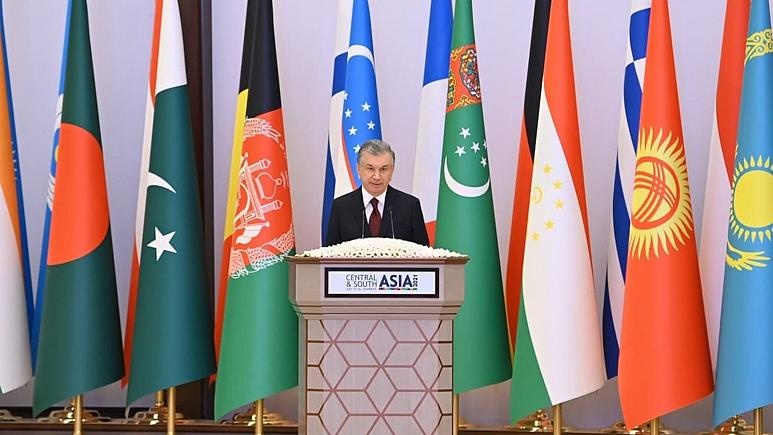
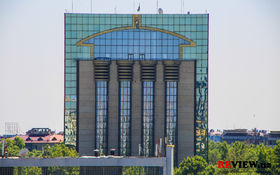
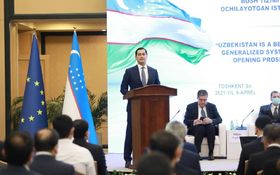
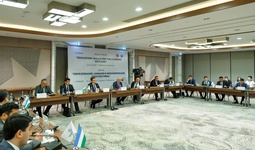

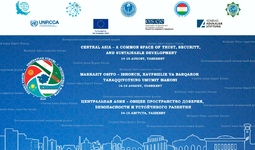


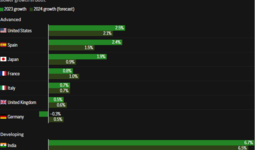













leave a comment